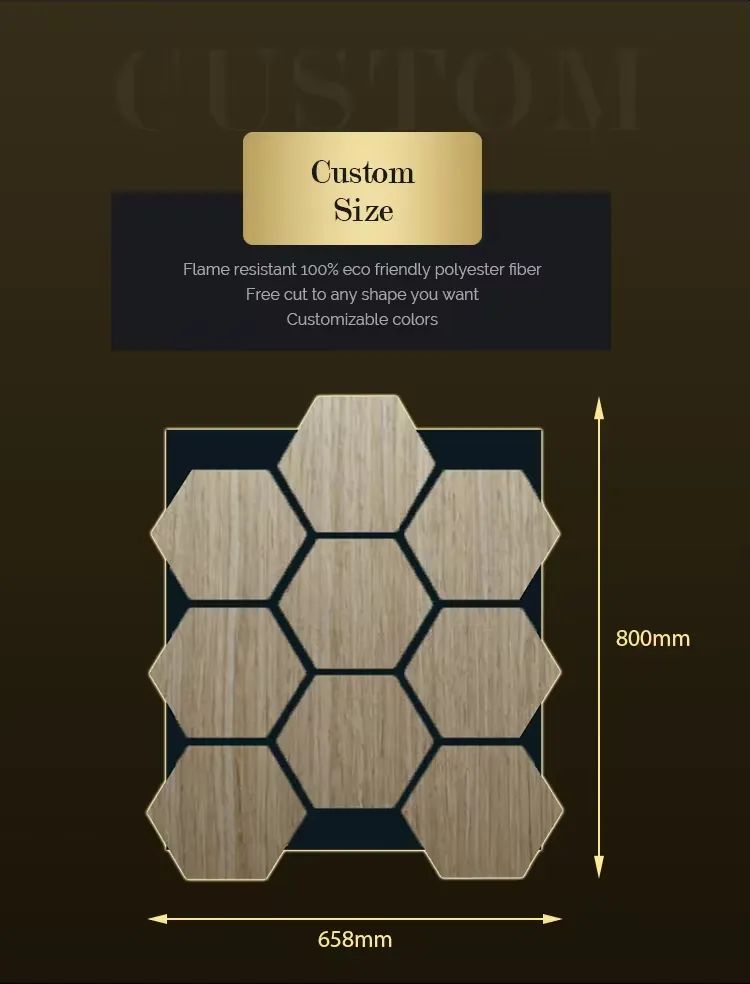The Versatile World of Acoustic Art Panels
In an era where aesthetics and functionality often intersect, acoustic art panels have emerged as a popular solution for both sound management and artistic expression. These innovative panels not only help to reduce unwanted noise in various environments, but they also serve as eye-catching decor, transforming mundane spaces into vibrant ones. Whether in a corporate office, a bustling restaurant, or a serene home environment, acoustic art panels have revolutionized the way we think about sound and design.
Understanding Acoustic Panels
Acoustic panels are specially designed materials that absorb sound waves, thereby reducing noise levels and improving sound quality in a room. Typically made from foam, fabric, or fiberglass, these panels help to prevent sound reflections and echo, creating a more controlled auditory environment. The effectiveness of these panels depends on several factors, including their size, material, and the placement within a space. Traditional acoustic panels are often utilitarian in design, lacking the visual appeal that some might desire. However, this has all changed with the introduction of acoustic art panels.
The Rise of Acoustic Art Panels
The concept of merging art with acoustics is not entirely new, but the surge in popularity over the past decade can be attributed to several trends. As open-concept workspaces have become the norm, the need for soundproofing has grown. At the same time, businesses are increasingly invested in creating visually appealing environments that reflect their brand identity. Acoustic art panels provide a perfect solution they enhance the visual aspect of a space while simultaneously addressing acoustic challenges.
These panels are available in a myriad of designs, colors, and textures. Artists and designers collaborate with acoustic engineers to create pieces that don’t just dampen sound but also stand out as art installations. From abstract patterns to nature-inspired motifs, the possibilities are virtually limitless. This artistic versatility is why many architects and interior designers have begun to incorporate acoustic art panels into their projects.
Functional Aesthetics
One of the greatest advantages of acoustic art panels is their functional aesthetic
. In settings such as offices, schools, concert halls, and restaurants, noise levels can significantly affect productivity, creativity, and overall comfort. By installing acoustic panels that are also artwork, these spaces can become more enjoyable and conducive to work and relaxation.acoustic art panels

For instance, in an open office environment where multiple conversations happen simultaneously, acoustic panels can help create a quieter atmosphere, reducing distractions and enhancing focus. The visual engagement provided by artistic panels can stimulate creativity and provide inspiration. Additionally, in hospitality settings, the ambiance plays a critical role in the guest experience, making acoustic art panels not just a luxury, but a necessity.
Customization and Personalization
One of the most appealing aspects of acoustic art panels is their customization potential. Businesses and homeowners can work closely with designers to create bespoke pieces that reflect their unique style and brand. This level of personalization ensures that each installation is not just a functional addition but also a meaningful part of the environment.
Moreover, with advancements in printing technology, high-resolution images can be printed directly onto the panels. This means that everything from corporate logos to personal photographs can be translated into sound-absorbing art pieces, ensuring that no two installations are alike.
Sustainability Considerations
As the world becomes increasingly conscious of environmental issues, the demand for eco-friendly materials in construction and design has surged. Many manufacturers of acoustic art panels now prioritize sustainability, sourcing materials that are both recyclable and non-toxic. This commitment to environmental responsibility not only appeals to consumers but also contributes to a healthier indoor atmosphere.
Conclusion
Acoustic art panels represent a harmonious blend of form and function, enhancing both sound quality and visual appeal in a variety of spaces. As they continue to gain traction, they symbolize a broader trend in design toward creating environments that nurture not just the senses but also the spirit. By rethinking traditional approaches to sound management, we can embrace solutions that are as beautiful as they are effective. Whether used in an office, a classroom, or a cozy living room, acoustic art panels are paving the way for a more harmonious coexistence of art and acoustics in our daily lives.
